Mexico’s Paradise Lost—25 Reasons Why Cancun Is No Longer The Getaway It Once Was
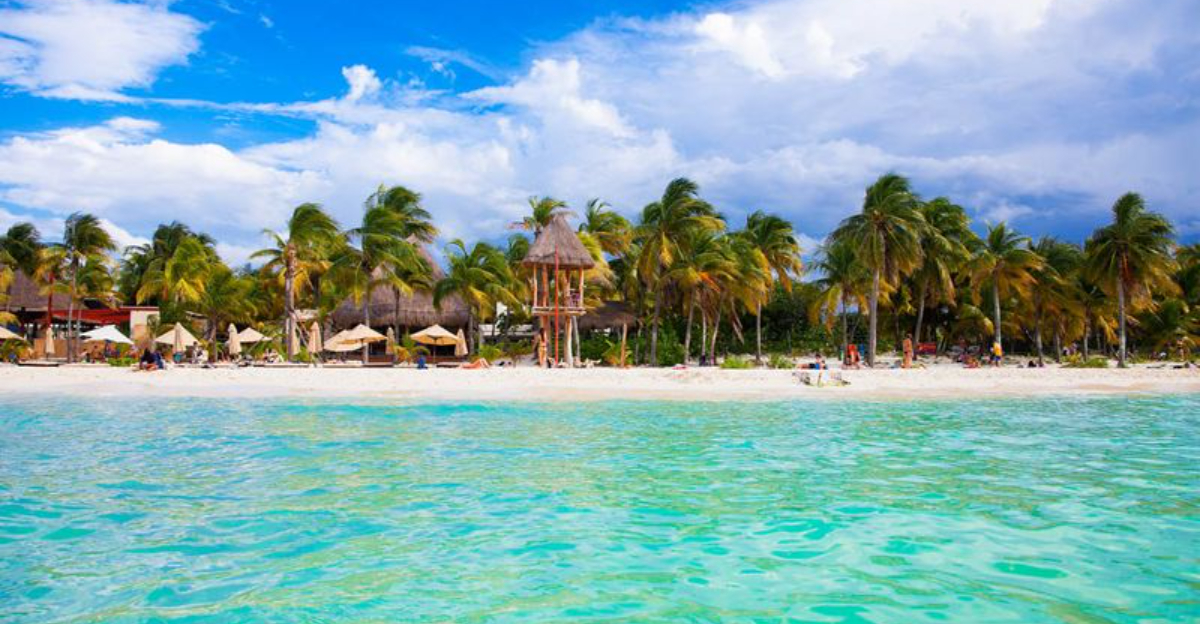
White sand, turquoise water, and laid-back vibes made this Caribbean hotspot one of the most desirable vacation escapes in the world. It was once known for its natural beauty, warm hospitality, and a balance of culture and relaxation that felt effortless.
But the reality today looks very different. Years of unchecked growth, environmental damage, and tourist overload have taken their toll—turning a once-idyllic paradise into something far less appealing.
1. Sargassum Seaweed Invasions
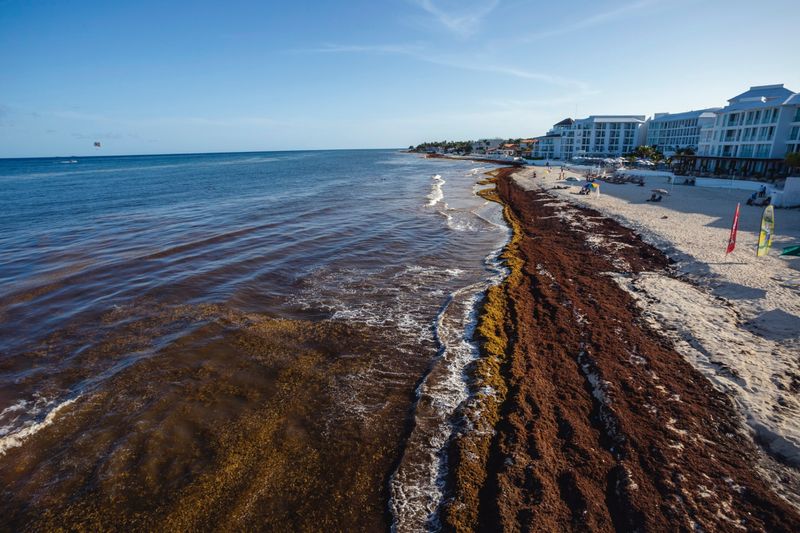
Brown, smelly mats have transformed once-pristine shorelines into disappointing brown landscapes. Cancun’s beaches now regularly suffer from massive seaweed invasions that create an unpleasant odor and make swimming nearly impossible.
Hotel staff work tirelessly to clear it away, but the problem persists year after year, worsening during summer months.
2. Coral Reef Degradation
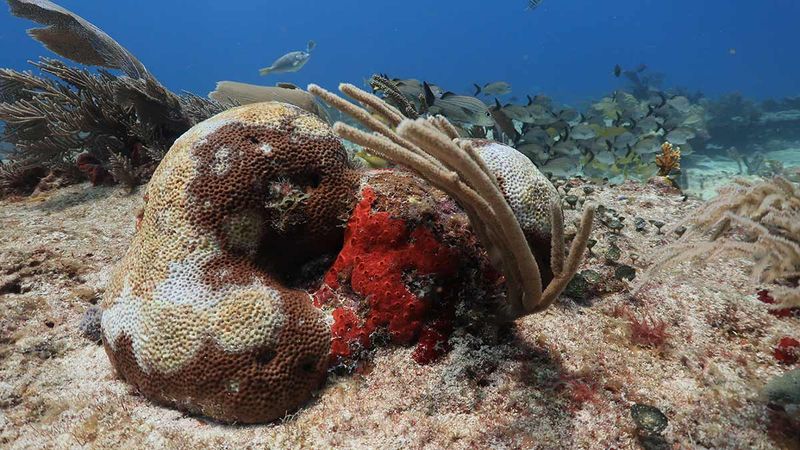
Vibrant underwater ecosystems have faded to pale shadows of their former glory. Cancun’s nearby reefs have suffered from boat damage, sunscreen chemicals, and tourist handling.
Marine biologists report over 50% of coral coverage has been lost in popular snorkeling spots, leading to fewer fish and diminished biodiversity in what was once a spectacular underwater paradise.
3. Beach Erosion

Shrinking shorelines have become a serious problem along the hotel zone. Cancun’s famous wide beaches have narrowed dramatically in many areas, with some spots losing up to 20 feet of sand.
Expensive beach reclamation projects pump in artificial sand that quickly washes away after storms. Many resorts now place loungers practically on top of each other due to limited space.
4. Water Pollution
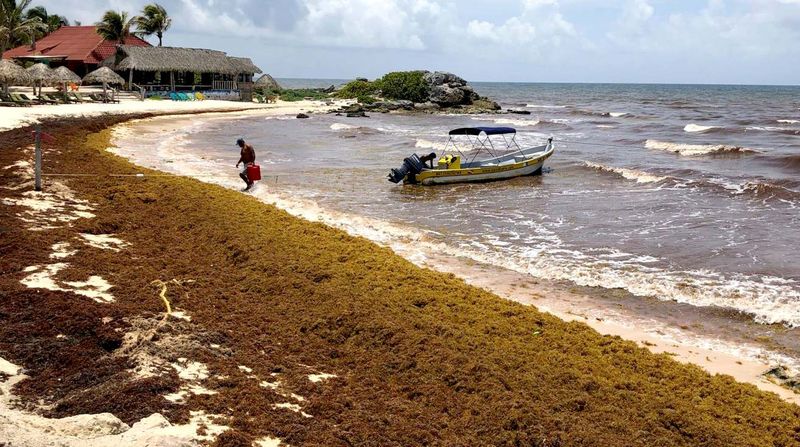
Crystal blue waters now occasionally turn murky and concerning. Cancun’s rapid development has outpaced its waste management infrastructure, resulting in sewage leaks and agricultural runoff that affect water quality.
Testing has revealed elevated bacterial levels at some beaches after heavy rains. Tourists sometimes report rashes or infections after swimming in affected areas.
5. Overdevelopment Of Natural Areas
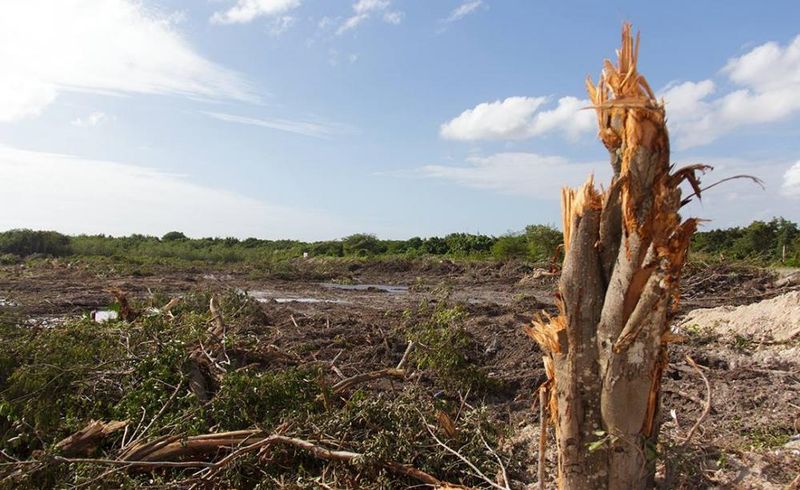
Concrete jungles have replaced actual jungles along much of the coastline. Cancun’s explosive growth has resulted in mangrove destruction and wildlife habitat loss to make way for ever more hotels and shopping centers.
Areas that once housed diverse ecosystems now feature identical resort towers. The natural buffer zones that protected the coast from storms have largely disappeared.
6. Overcrowded Beaches
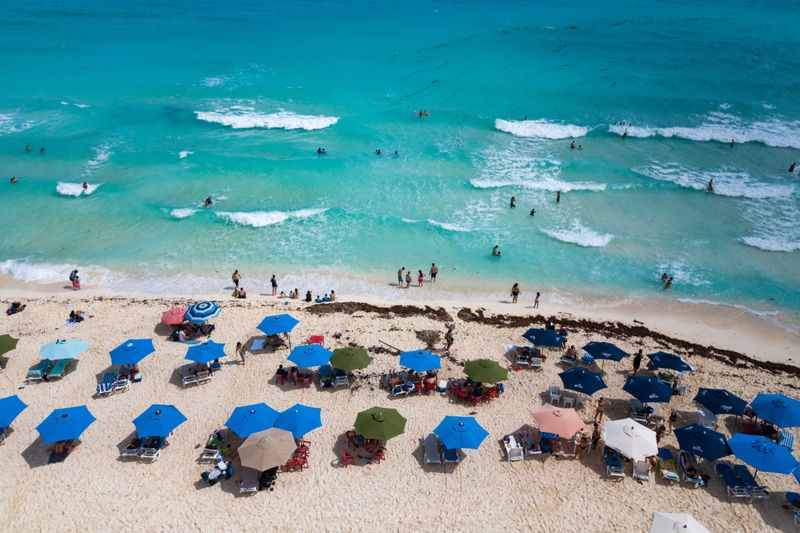
Finding a peaceful spot to sunbathe has become a competitive sport. Cancun’s most popular beaches now resemble human parking lots during high season, with towels and umbrellas covering nearly every inch of sand.
Early morning races for prime beach spots have become common. The tranquil beach experience promised in brochures rarely matches the crowded reality most visitors encounter.
7. Traffic Congestion
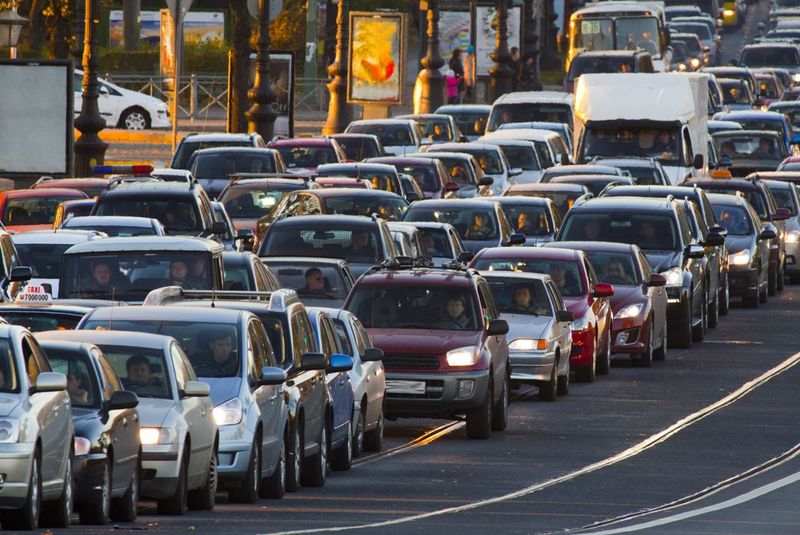
Gridlock has become an unwelcome part of vacation life for many visitors. Cancun’s main boulevard through the hotel zone frequently turns into a parking lot, especially during rush hours and rainy days.
What should be a 15-minute drive can stretch to over an hour. Many tourists find themselves spending precious vacation time staring at brake lights instead of enjoying attractions.
8. Inflated Tourist Prices
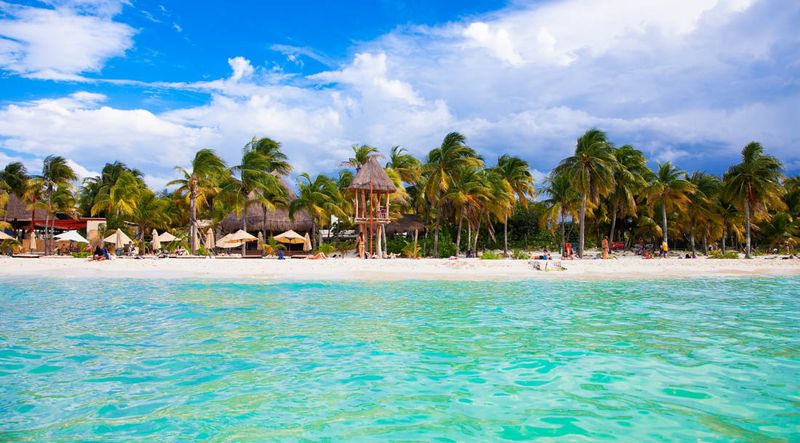
Sticker shock awaits many first-time visitors to popular areas. Cancun’s restaurants and shops in tourist zones often charge 3-4 times what you’d pay just a few blocks away in more local neighborhoods.
A simple beach meal can cost as much as in New York or Paris. Many travelers report feeling gouged when discovering the dramatic price differences between tourist and local establishments.
9. Inauthentic Cultural Experiences

Watered-down performances have replaced genuine cultural exchanges. Cancun’s version of Mexican culture often feels mass-produced for tourist consumption, with standardized shows featuring stereotypical elements designed for quick entertainment.
Many so-called “traditional ceremonies” bear little resemblance to actual Mayan practices. Visitors seeking authentic cultural experiences often leave disappointed by the commercialized versions offered.
10. Mass Tourism Infrastructure Replacing Local Charm

Cookie-cutter developments have erased much of the unique character that once defined the area. Cancun’s landscape now features the same international chains and architectural styles found at resorts worldwide.
Authentic Mexican restaurants have been pushed out by familiar American franchises. Visitors often comment that parts of the hotel zone could be anywhere in the world, with little to distinguish it as Mexico.
11. Increased Crime Rates In Certain Areas

Safety concerns have grown in recent years beyond the carefully monitored tourist bubbles. Cancun’s rapid growth has brought increased reports of robbery, assault, and scams targeting visitors who venture outside main resort areas.
Local news regularly reports incidents affecting tourists. Many travelers now limit their activities to hotel compounds and organized tours, missing out on the authentic experiences that once made their vacations special.
12. Police Corruption And Inconsistent Law Enforcement

Troubling stories of shakedowns have become more common among travelers. Cancun’s visitors occasionally report being stopped by officers seeking bribes for fabricated infractions, especially when driving rental cars or returning from nightclubs.
Official complaints rarely result in meaningful action. This reality creates an atmosphere of uncertainty that undermines the carefree vacation experience many travelers seek.
13. Scams Targeting Tourists

Clever cons have evolved to separate visitors from their vacation funds. Cancun’s popularity has attracted sophisticated scammers running everything from fake timeshare presentations to rigged taxi meters and manipulated ATMs.
Currency exchange booths often advertise “no commission” while offering terrible rates. Unwary visitors can lose significant money before realizing they’ve been duped by seemingly legitimate businesses.
14. Drug Cartel Presence And Violence In Surrounding Regions
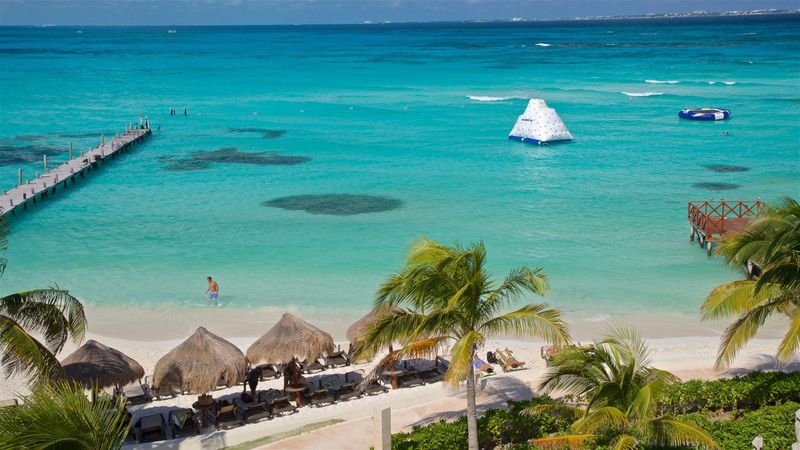
Worrying headlines about regional incidents cast a shadow over vacation planning. Cancun itself remains relatively insulated from the worst cartel violence, but periodic incidents in nearby areas create perception problems for the entire region.
Heightened security measures are visible at major resorts. Though tourists are rarely targeted, the underlying tension contradicts the carefree atmosphere most travelers seek from a tropical getaway.
15. Unregulated Nightlife And Safety Concerns
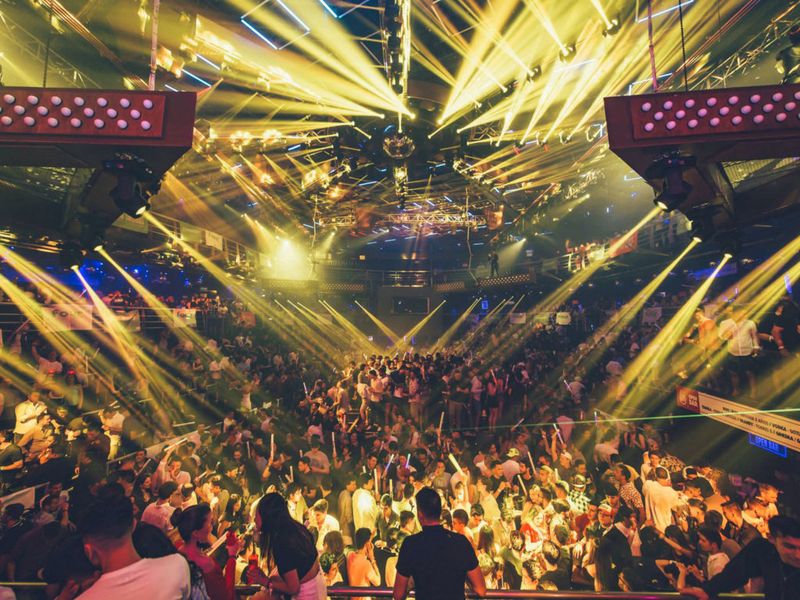
Wild party scenes sometimes cross the line from fun to dangerous. Cancun’s famous nightlife districts have seen incidents of drink spiking, overserving intoxicated guests, and inadequate security at some venues.
Medical emergencies involving tourists at clubs occur with concerning frequency. Parents of college-aged travelers particularly worry about the anything-goes atmosphere at certain establishments during peak party seasons.
16. Poorly Maintained Public Spaces
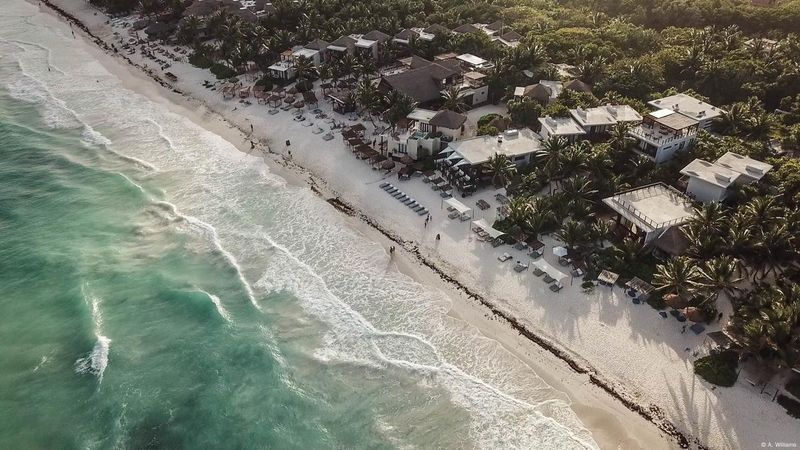
Crumbling infrastructure detracts from the luxury resort experience many expect. Cancun’s public areas often suffer from inadequate maintenance, with broken sidewalks, malfunctioning streetlights, and overflowing trash bins in some areas.
Public beaches may lack basic facilities like clean restrooms or adequate shade. This stark contrast between polished private resorts and neglected public spaces creates a disconnected visitor experience.
17. Declining Hotel Standards In Some Areas
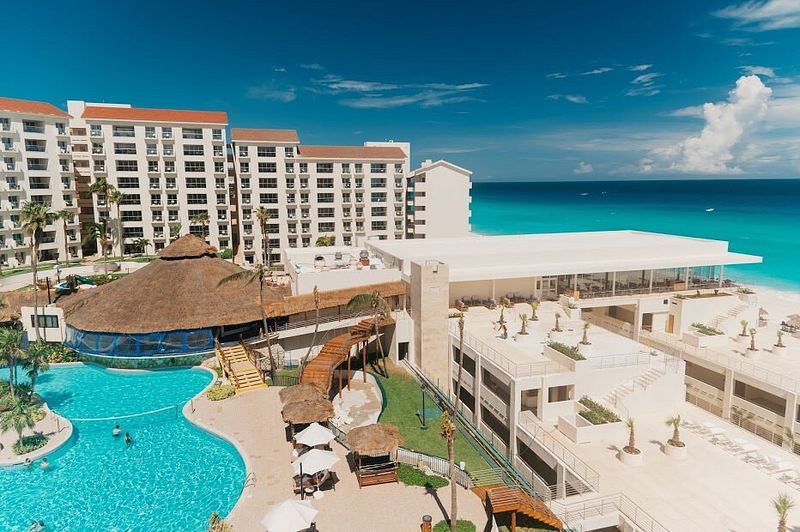
Aging resorts sometimes fail to deliver on glossy website promises. Cancun’s first-generation hotels often struggle with maintenance issues like mold, outdated plumbing, and worn furnishings despite charging premium prices.
Online reviews frequently mention discrepancies between marketing photos and reality. Some properties rely on their location rather than maintaining quality standards, leading to disappointed guests who expected luxury accommodations.
18. Overbooked Excursions And Tours
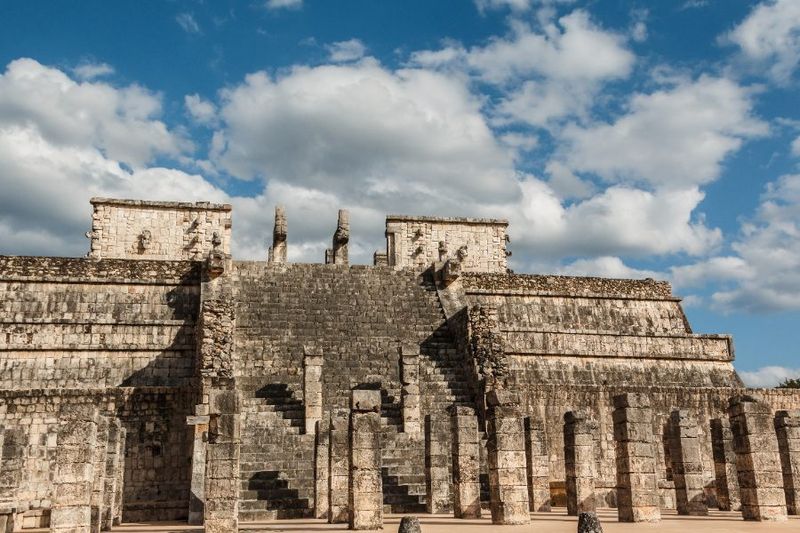
Cattle-call experiences have replaced intimate adventures at many popular sites. Cancun’s tour operators often pack as many people as possible onto boats, buses, and archaeological sites to maximize profits.
Visitors to places like Chichen Itza find themselves shuffled through in large groups. What should be magical exploration often turns into a rushed, crowded experience with little time to appreciate the cultural significance.
19. Noise Pollution From Parties And Clubs
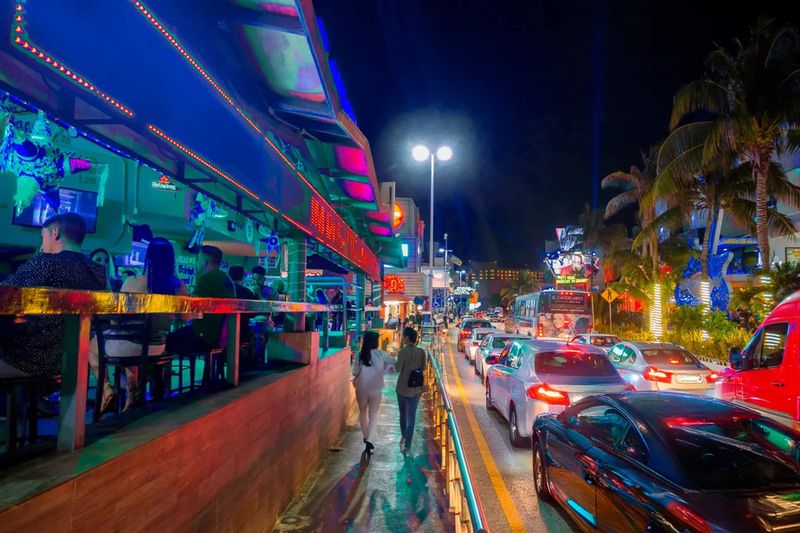
Peaceful evenings have become elusive even at upscale properties. Cancun’s reputation as a party destination means that thumping bass from nearby clubs and hotel pool parties can disrupt sleep until the early morning hours.
Family travelers often complain about noise levels during spring break and holiday periods. Some resorts now provide earplugs as standard room amenities – a telling sign of the pervasive noise problem.
20. Long Wait Times At Attractions And Restaurants

Hours of precious vacation time get consumed by standing in various lines. Cancun’s most popular restaurants often require reservations weeks in advance or force guests to endure multi-hour waits for tables.
Major attractions can involve standing in the hot sun for extended periods. The increased volume of tourists has created bottlenecks throughout the region, with insufficient infrastructure to handle peak crowds efficiently.
21. Displacement Of Local Communities

Original inhabitants have been pushed inland as developers gobble up coastal properties. Cancun’s explosive growth has forced many longtime residents to relocate as their neighborhoods transform into tourist zones with unaffordable living costs.
Traditional fishing villages have been replaced by mega-resorts. This displacement creates cultural loss and resentment, undermining the authentic connections between visitors and the local community that once enriched the travel experience.
22. Rising Cost Of Living For Residents
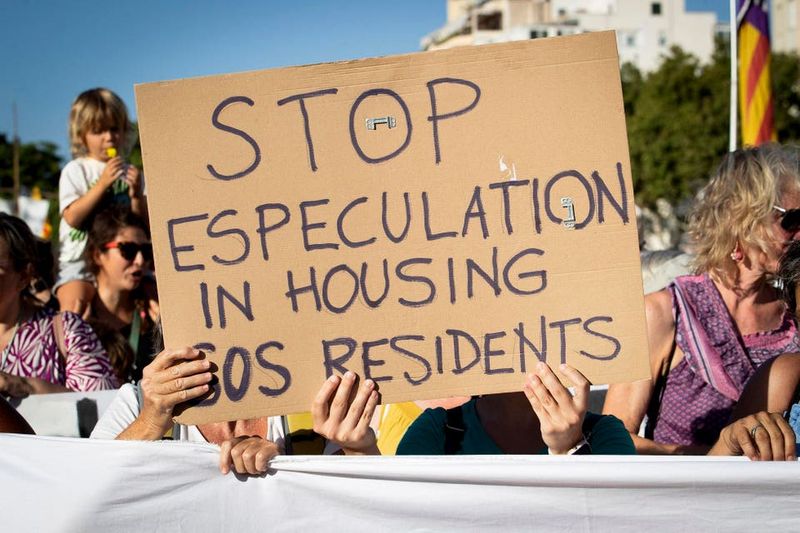
Service workers often cannot afford to live near their workplaces anymore. Cancun’s tourism boom has driven housing costs to unsustainable levels for the very people who make the industry function.
Many employees endure multi-hour commutes from affordable areas. This economic pressure creates staff turnover and affects service quality, as experienced workers leave for more sustainable situations in less tourism-dependent communities.
23. Labor Exploitation In The Tourism Industry
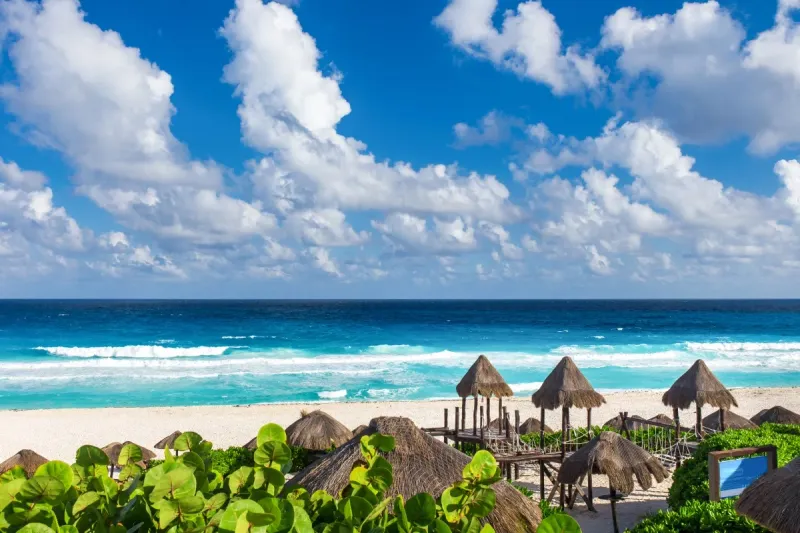
Behind the smiles of service staff often lies a troubling reality of workplace conditions. Cancun’s hospitality workers frequently endure 12-hour shifts with limited breaks, low wages, and few benefits despite generating enormous profits for international hotel chains.
Seasonal employment creates job insecurity. Many workers report feeling trapped in a system that treats them as disposable while marketing their cultural heritage as a selling point.
24. Limited Benefits To Local Economy
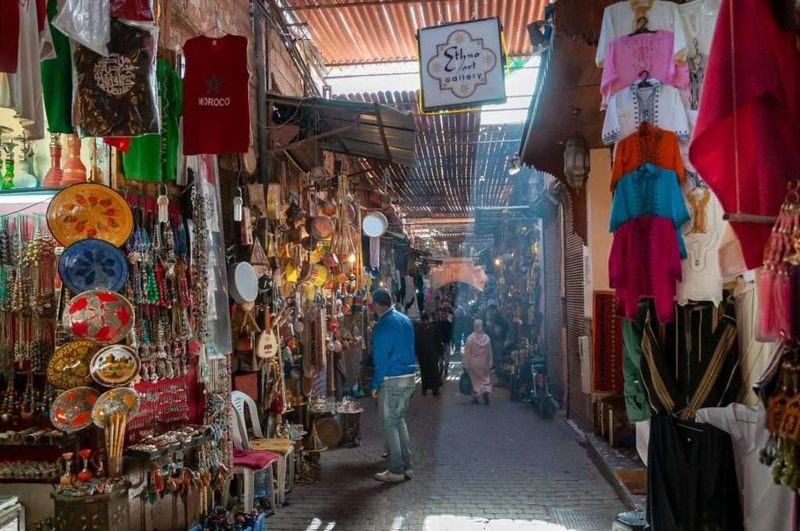
Foreign corporations capture most tourism dollars while giving little back. Cancun’s all-inclusive resorts often import supplies rather than sourcing locally, and many are owned by international conglomerates that repatriate profits overseas.
Small local vendors struggle to compete with resort shopping arcades. Despite billions in tourism revenue, surrounding communities often see minimal infrastructure improvements or economic development from the massive industry on their doorstep.
25. Cultural Dilution Due To Global Chains And Franchises

Familiar logos have replaced unique local establishments throughout tourist areas. Cancun’s hotel zone now features the same coffee chains, fast food outlets, and retail stores found in any American mall.
Authentic Mexican businesses struggle to afford prime locations. Many visitors now experience a sanitized, globalized version of Mexico that offers little connection to the country’s rich cultural heritage or culinary traditions.
